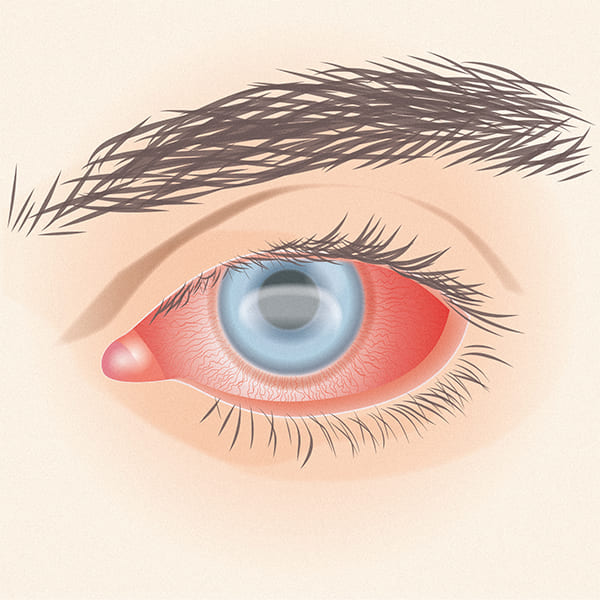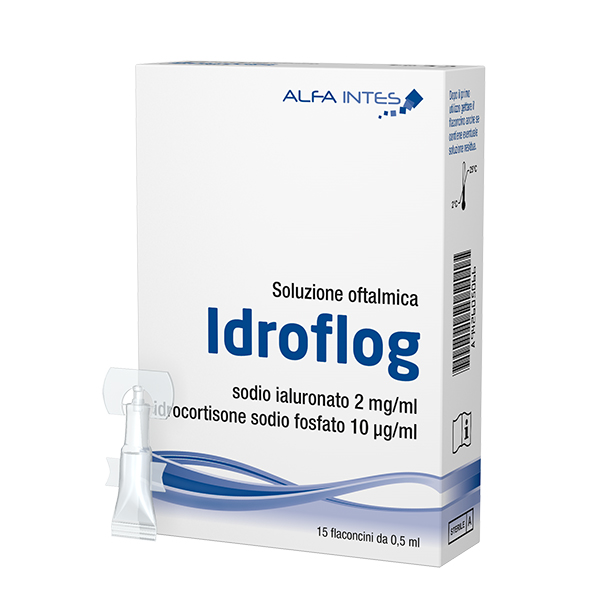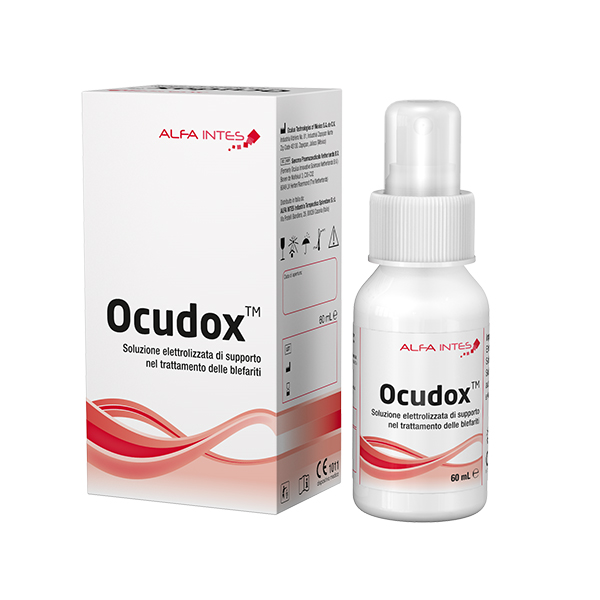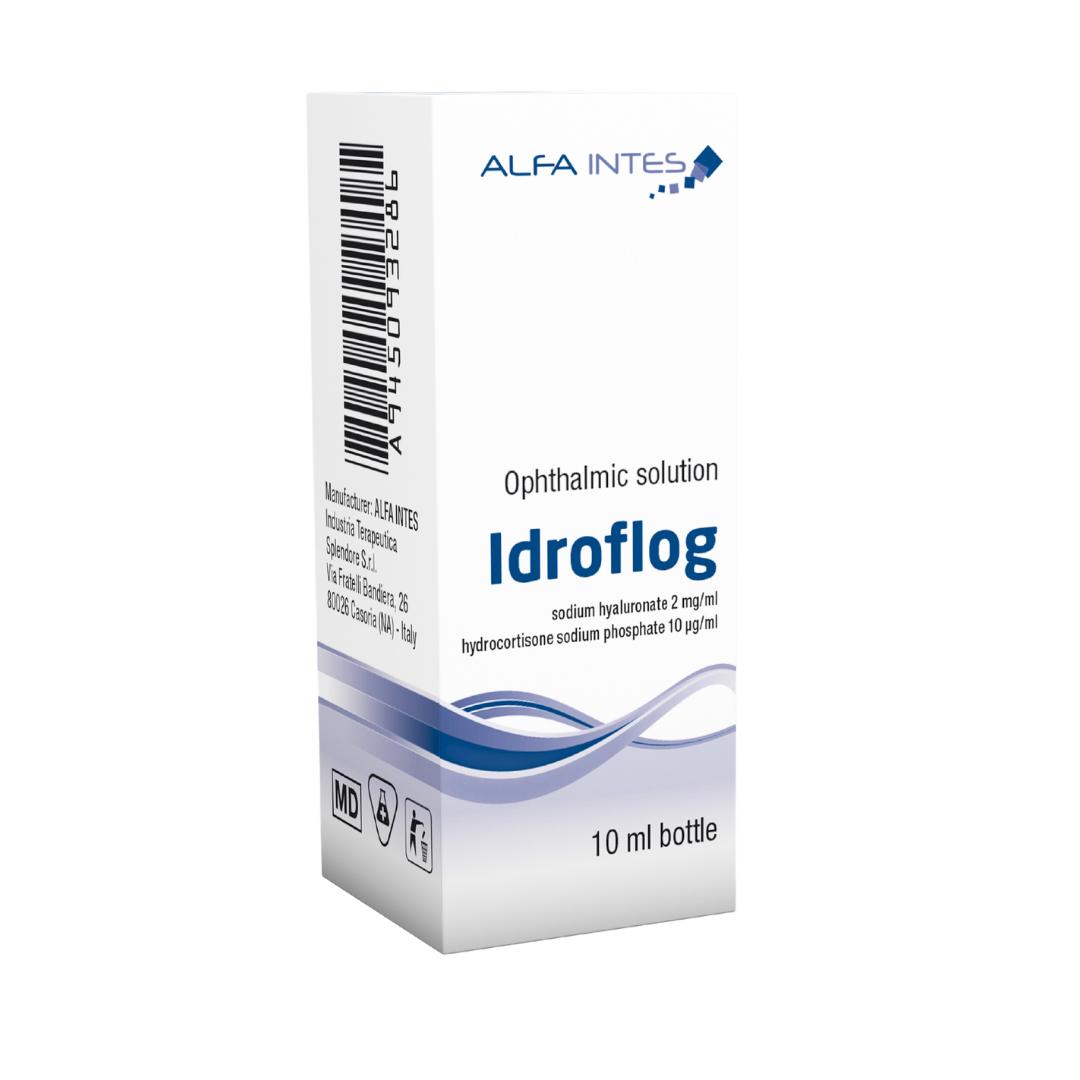Diagnosis
If you suspect the presence of keratitis, it is advisable to consult a medical specialist, the ophthalmologist, as soon as possible. He/she will be able to carry out all the necessary investigations to make a diagnosis and indicate the best solution for each specific situation.
Treatment
Treatment for keratitis varies depending on the cause and severity of the condition. In the case of an infectious origin, the specialist may prescribe antibiotic, antiviral or antifungal drugs. In some cases, anti-inflammatory drugs may be needed to treat inflammation and pain.
In the most extreme cases, when the keratitis has been neglected and the disease is now in an advanced stage, the damage to the cornea may no longer be resolvable with simple drug therapy, but surgical treatment may be necessary.




